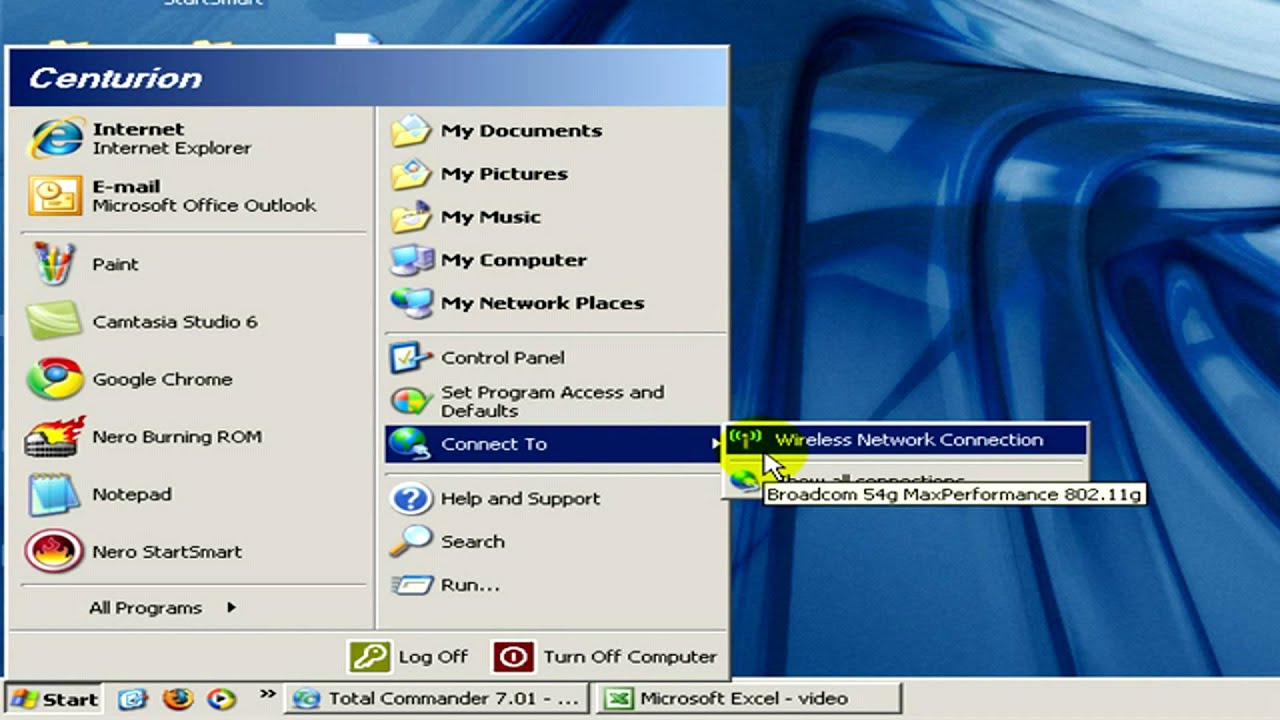
In the digital era, network connectivity is the lifeblood of modern computing. Whether for work, entertainment, or communication, a stable and reliable network connection is essential. However, network connectivity issues can arise for various reasons, disrupting productivity and causing frustration. Windows XP, despite its age, remains a prevalent operating system in many environments, and knowing how to troubleshoot network connectivity issues in this platform is invaluable. In this exhaustive guide, we’ll delve deep into the intricacies of troubleshooting network connectivity issues in Windows XP, empowering users to diagnose and resolve network problems with confidence and precision.
Understanding Network Connectivity Issues in Windows XP:
Before we embark on troubleshooting, let’s grasp the nature of network connectivity issues and their impact on Windows XP. Network connectivity issues can manifest in various forms, including slow or intermittent internet connection, inability to access network resources, or complete loss of network connectivity. These issues can stem from hardware problems, software conflicts, misconfigurations, or external factors such as network outages or interference.
Step-by-Step Guide to Troubleshooting Network Connectivity Issues:
Now, let’s explore a systematic approach to troubleshooting network connectivity issues in Windows XP:
Step 1: Check Physical Connections:
Begin by ensuring that all physical network connections are secure and properly connected. Verify that Ethernet cables are firmly plugged into the network adapter and router or modem. If using a wireless connection, ensure that the wireless adapter is enabled and properly configured.
Step 2: Restart Networking Devices:
If physical connections appear to be intact, consider restarting your networking devices, including routers, modems, and switches. Power cycling these devices can often resolve temporary connectivity issues caused by hardware glitches or network congestion.
Step 3: Verify Network Settings:
Check network settings in Windows XP to ensure they are configured correctly. Open the Control Panel, navigate to Network Connections, and right-click on the appropriate network connection (e.g., Local Area Connection or Wireless Network Connection). Select Properties and verify settings such as IP address, subnet mask, gateway, and DNS servers.
Step 4: Run Network Diagnostics:
Windows XP includes built-in network diagnostics tools that can help identify and resolve connectivity issues. Open the Control Panel, navigate to Network Connections, right-click on the network connection experiencing problems, and select “Diagnose.” Follow the prompts to run the network diagnostic tool and follow any recommended actions.
Step 5: Update Network Drivers:
Outdated or corrupt network drivers can cause connectivity issues in Windows XP. Visit the manufacturer’s website for your network adapter and download the latest drivers compatible with Windows XP. Install the updated drivers and restart your computer to apply the changes.
Step 6: Disable Third-Party Firewall/Antivirus:
Firewall or antivirus software installed on your computer may sometimes interfere with network connectivity. Temporarily disable any third-party firewall or antivirus software and check if the connectivity issue persists. If the problem resolves after disabling the software, consider adjusting its settings or reinstalling it.
Step 7: Check for Malware:
Malware infections can disrupt network connectivity and compromise system security. Run a thorough scan of your computer using reputable antivirus or anti-malware software to detect and remove any malicious programs. Quarantine or delete any detected threats and restart your computer.
Step 8: Reset TCP/IP Stack:
Resetting the Transmission Control Protocol/Internet Protocol (TCP/IP) stack can help resolve network connectivity issues caused by corrupted or misconfigured network settings. Open a command prompt window with administrative privileges and run the following commands sequentially:
netsh int ip reset reset.log
netsh winsock reset
Restart your computer after executing these commands to apply the changes.
Step 9: Contact Your Internet Service Provider (ISP):
If you’ve exhausted all troubleshooting steps and continue to experience network connectivity issues, contact your Internet Service Provider (ISP) for assistance. Your ISP can perform diagnostics on their end and help identify any issues affecting your internet connection.
Conclusion:
In conclusion, troubleshooting network connectivity issues in Windows XP requires a systematic approach and a combination of technical knowledge and diagnostic tools. By following the step-by-step guide outlined in this article and employing various troubleshooting techniques, users can diagnose and resolve network problems efficiently. Whether the issue lies with hardware, software, or external factors, understanding how to troubleshoot network connectivity issues in Windows XP empowers users to maintain a stable and reliable network connection for uninterrupted computing experiences. So take charge of your network troubleshooting today and conquer connectivity challenges with confidence!